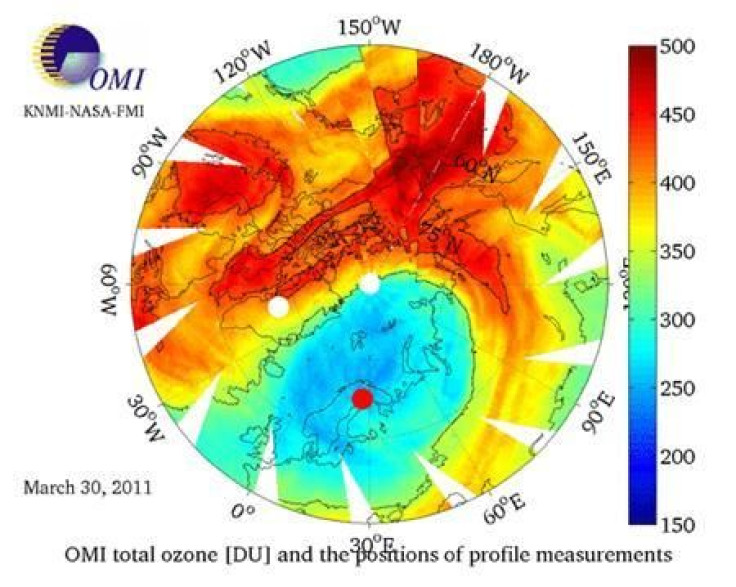Some chemicals considered safer to ozone can form greenhouse gas that can last for millenia

A new study reveals that some substitutes for ozone-damaging chemicals can also be harmful to the environment, as they could degrade to potent greenhouse gases and contribute to global warming.
For the first time, researchers found that these replacement chemicals can break down in the atmosphere to form a greenhouse gas that can persist for millennia, according to the study which appeared in the publication of the American Geophysical Union.
The team specified that chemicals widely used as refrigerants break down in the stratosphere, a layer in the middle atmosphere. Under some conditions, these can form a potent greenhouse gas that lasts for up to 50,000 years, claimed scientists from the Cooperative Institute for Research in Environmental Sciences (CIRES) at the University of Colorado Boulder and the NOAA Earth System Research Laboratory.
“This compound, carbon tetrafluoride or CF4, essentially lasts forever because there aren’t any known removal mechanisms in the atmosphere,” said James Burkholder, a research chemist at NOAA ESRL and lead author of the study.
A laboratory study conducted by CIRES scientist Aaron Jubb showed how CF4 can be made from some halocarbons, which are chemicals that include hydrofluorocarbons and hydrochlorofluorocarbons and are substitutes for the more ozone-damaging substances that have largely been phased out.
Jubb exposed trifluoroacetyl fluoride, a compound produced in the atmosphere when some halocarbons breaks down, to short-wavelength UV radiation and looked at the reaction products that were formed. He found that CF4 is one those that were developed.
The amount of CF4 produced by this photochemical process was shown to be a small fraction of atmospheric CF4, while industrial sources are much larger emitters of CF4. However, the researchers said that identifying this particular source of such a potent and lasting greenhouse gas is important, particularly since its production could continue to grow depending on which “parent” products are used by an industry.
“We really need to understand the chemistry of the compounds we use. Even as we move towards shorter-lived halocarbons for industrial use, during atmospheric degradation they can produce a long-lived atmospheric effect,” Jubb said.
According to the Australian environment department, ozone-depleting substances are those that affect the ozone layer and are widely used in refrigerators, airconditioners, fire extinguishers, in dry cleaning, as solvents for cleaning, electronic equipment and as agricultural fumigants.
Some ozone-depleting substances which have been banned or regulated in some countries include chlorofluorocarbons, halon, carbon tetrachloride, methyl chloroform, hydrobromofluorocarbons, hydrochlorofluorocarbons, methyl bromide and bromochloromethane.
Contact the writer at feedback@ibtimes.com.au or tell us what you think below.






